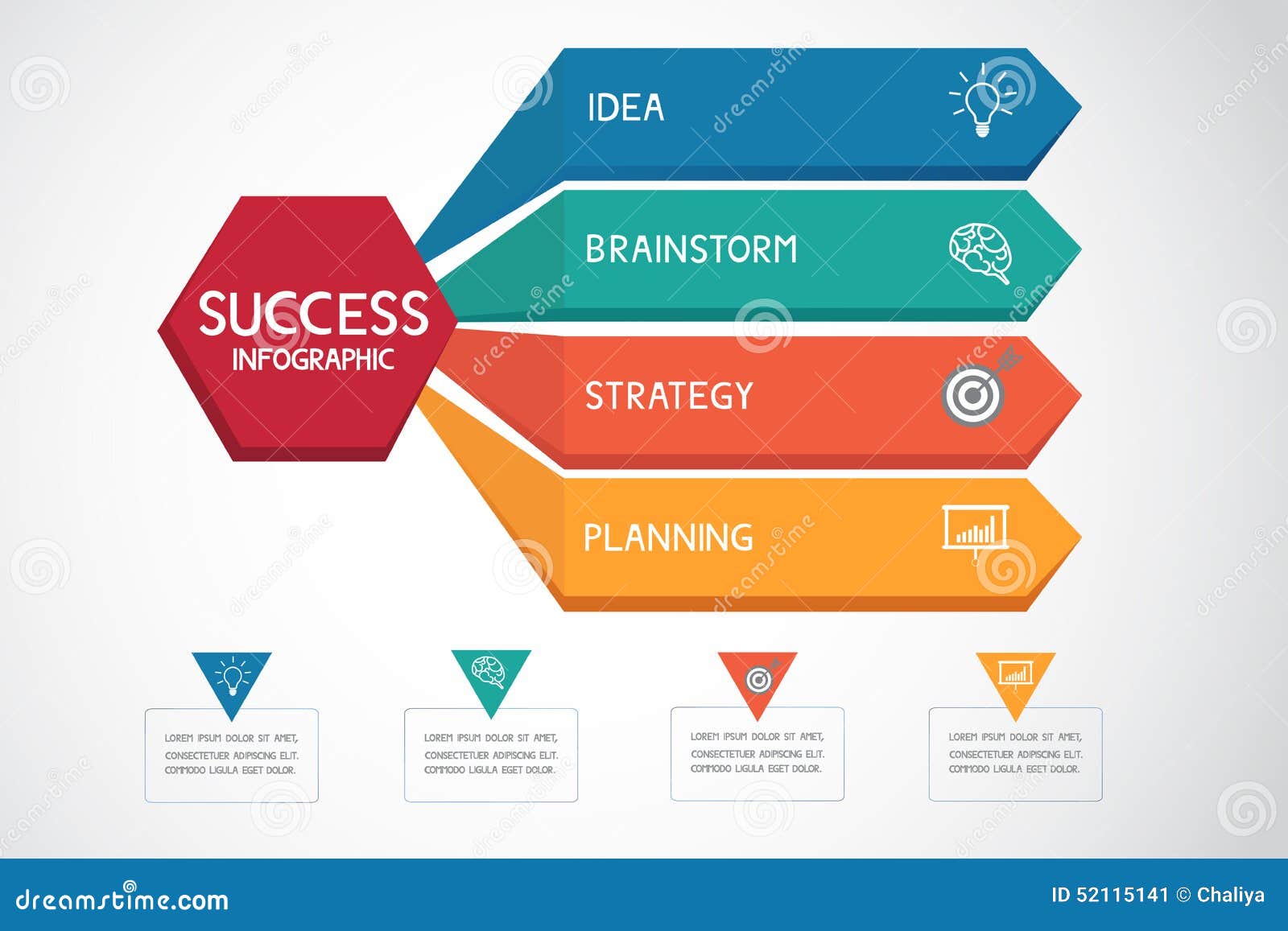Eager To Uncover How Website Design Has Changed With Time? Dive Into The Development From Simplicity To User-Focused Experiences
Eager To Uncover How Website Design Has Changed With Time? Dive Into The Development From Simplicity To User-Focused Experiences
Blog Article
Authored By-Kahn Hyldgaard
In the past, sites were simple and concentrated on details. Navigation was direct, and layout was for desktops. Currently, customer experience is essential. Information overviews layouts for very easy navigating. https://www.google.com/maps/place/Moon+and+Owl+Marketing/@32.9757271,-106.5344695,1840583m/data=!3m1!1e3!4m6!3m5!1s0x864ddeaa4179705b:0x488d41d2cc6b9750!8m2!3d32.9757271!4d-97.5696258!16s%2Fg%2F11b6mpccrg?entry=ttu&g_ep=EgoyMDI1MDIxMS4wIKXMDSoJLDEwMjExNDUzSAFQAw%3D%3D fit different tools. Today, dark setting lowers pressure, and minimalist food selections boost navigating. Interactive attributes engage customers, and bold visuals stick out. AI assimilation enhances involvement. See how layout has advanced to enhance your online journey.
Very Early Days of Website Design
In the early days of website design, simpleness reigned supreme. Websites were basic, with minimal colors, fonts, and formats. The emphasis was on giving info as opposed to flashy visuals. Individuals accessed the web through slow dial-up links, so speed and functionality were crucial.
Navigation food selections were straightforward, commonly situated at the top or side of the web page. Websites were developed for desktop computers, as mobile surfing wasn't yet widespread. Content was king, and developers prioritized easy readability over complicated layout components.
HTML was the main coding language used, and developers had to function within its constraints. Computer animations and interactive attributes were minimal compared to today's standards. Internet sites were static, with little dynamic material or customized individual experiences.
Rise of User-Focused Style
With the development of website style, a change towards user-focused style concepts has actually ended up being progressively noticeable. Today, developing internet sites that prioritize customer experience is crucial for involving visitors and accomplishing service goals. User-focused layout entails understanding the demands, choices, and actions of your target audience to customize the internet site's layout, web content, and includes accordingly.
Developers currently perform detailed study, such as customer surveys and functionality testing, to collect insights and comments straight from users. This data-driven strategy helps in developing intuitive navigating, clear calls-to-action, and aesthetically attractive user interfaces that resonate with visitors. By putting the user at the facility of the style process, web sites can provide a much more personalized and delightful experience.
https://www.searchenginejournal.com/blogging-audience-tips/421450/ has likewise emerged as an essential facet of user-focused design, making sure that sites are maximized for various devices and screen dimensions. This versatility boosts availability and functionality, dealing with the varied methods users connect with websites today. Basically, the rise of user-focused style indicates a change towards creating electronic experiences that prioritize the needs and assumptions of completion user.
Modern Trends in Website Design
Check out the most recent fads shaping web design today. One noticeable trend is dark mode style, offering a streamlined and modern appearance while decreasing eye pressure in low-light environments. One more crucial pattern is minimal navigating, streamlining menus and boosting individual experience by focusing on essential elements. Incorporating micro-interactions, such as computer animated switches or scrolling results, can create a much more engaging and interactive website. Responsive style stays essential, ensuring smooth customer experiences across different tools. Furthermore, using strong typography and asymmetrical formats can add aesthetic passion and accentuate details material.
Integrating AI modern technology, like chatbots for client support or customized suggestions, enhances customer engagement and streamlines procedures. Accessibility has likewise come to be a significant pattern, with designers prioritizing comprehensive design methods to satisfy varied individual demands. Accepting sustainability by optimizing website efficiency for rate and effectiveness is another arising pattern in web design. Collaborating with individual feedback and data analytics to iterate and boost design continually is important for remaining pertinent in the ever-evolving electronic landscape. By welcoming these modern fads, you can produce an aesthetically enticing, user-friendly site that reverberates with your target market.
Conclusion
As you reflect on the evolution of site design from the very early days to currently, you can see exactly how user-focused design has come to be the driving force behind modern-day trends.
Embrace the journey of adjustment and adaptation in web design, always keeping the individual experience at the center.
Stay current with the most up to date patterns and technologies, and never stop developing your method to produce aesthetically stunning and user-friendly websites.
Evolve, adjust, and create - the future of web design remains in your hands.
